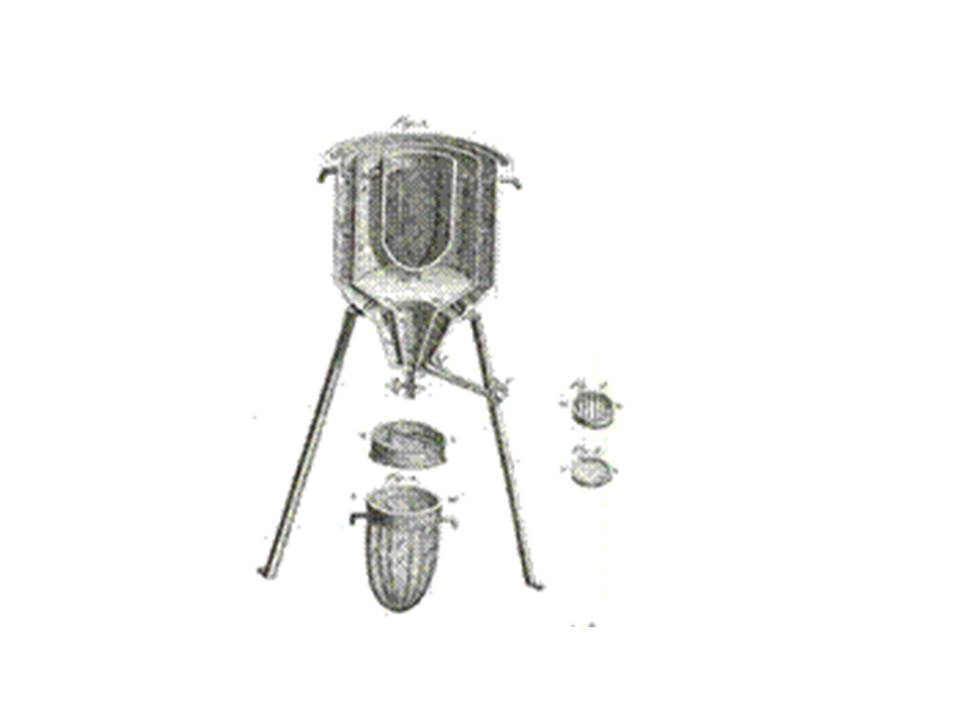How Well Do You Know Your Thermal Analyis & Calorimetry Facts?
- ASTM E1269
- ISO 11357
2.
You may optionally provide this to label your report, leaderboard, or certificate.
×
Thank you for your feedback!
















